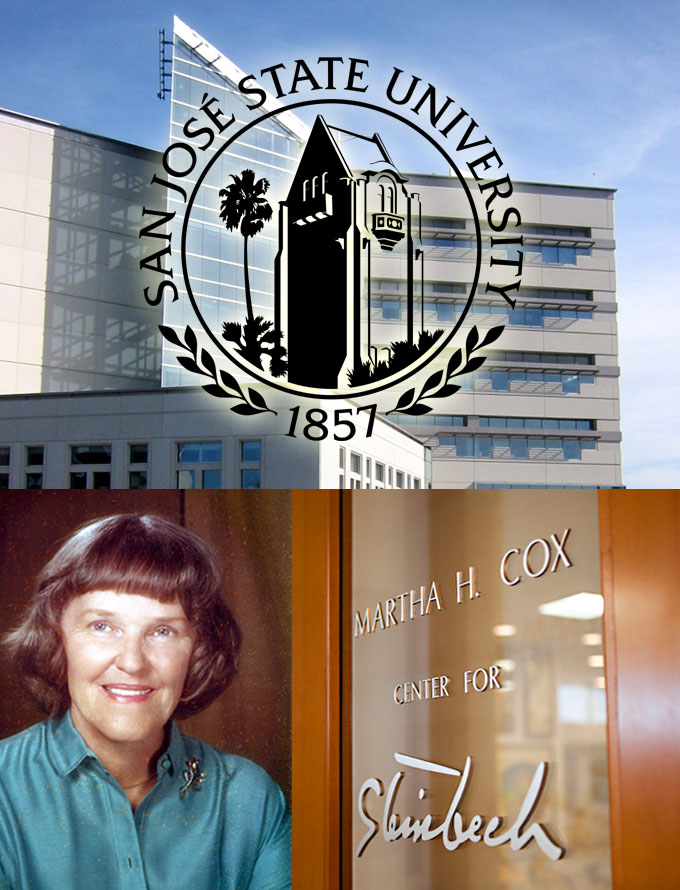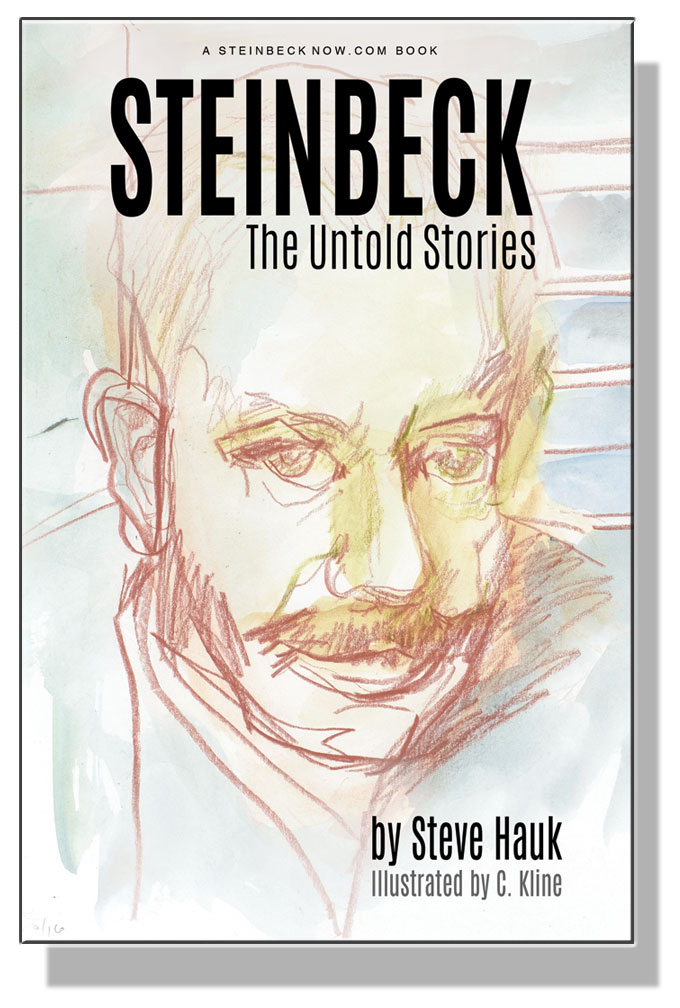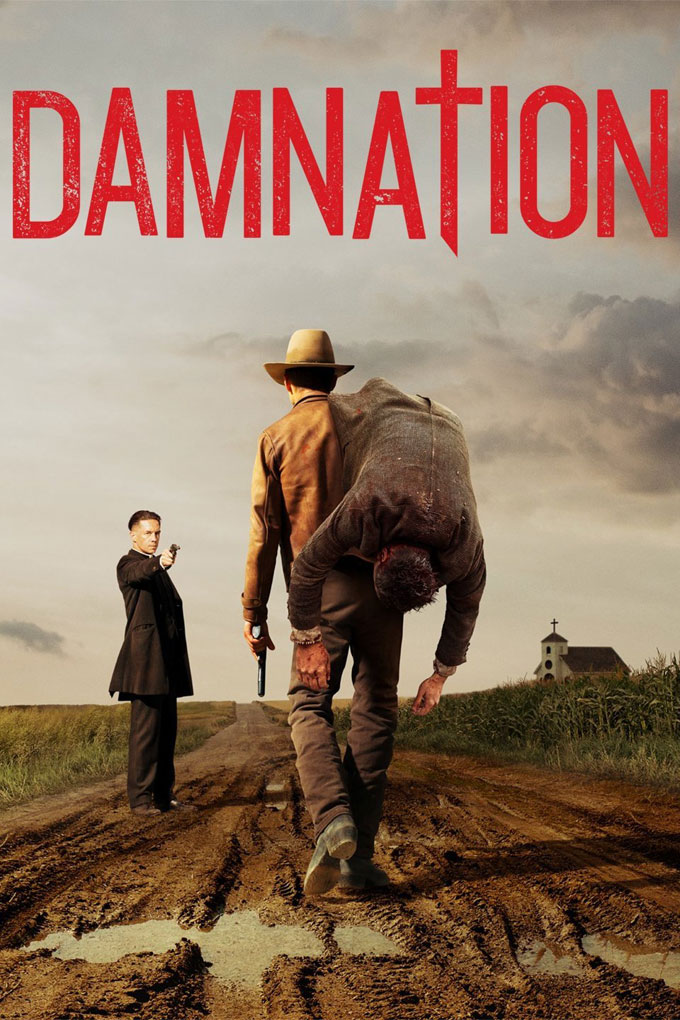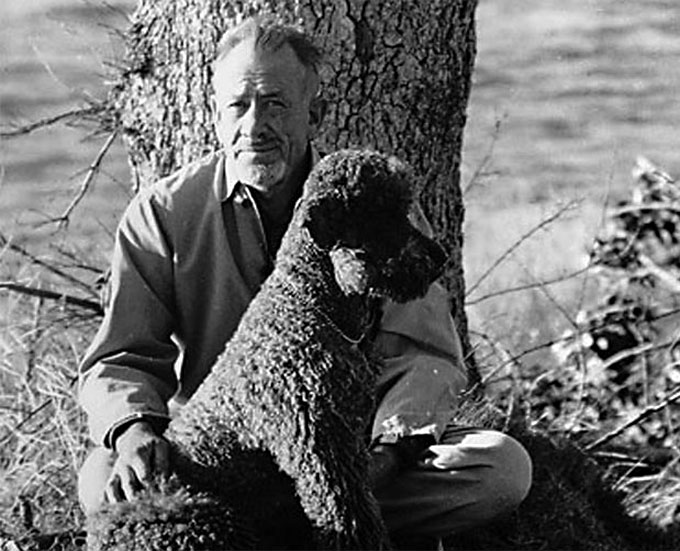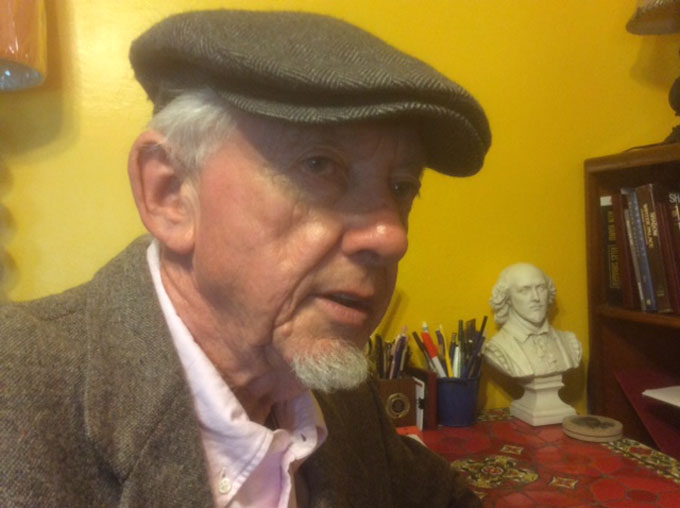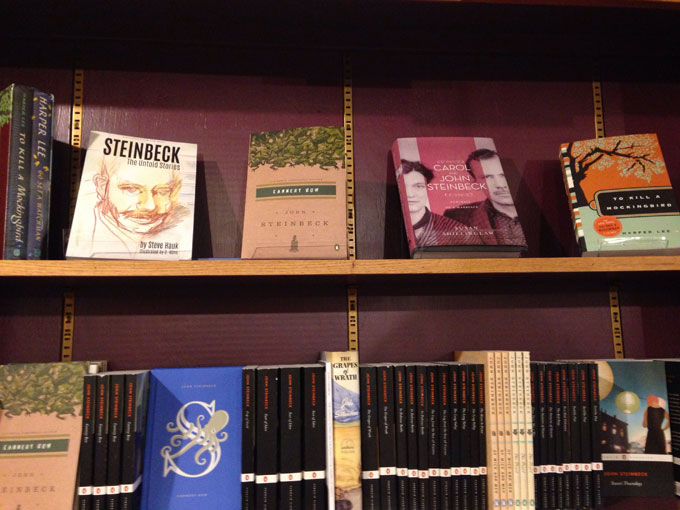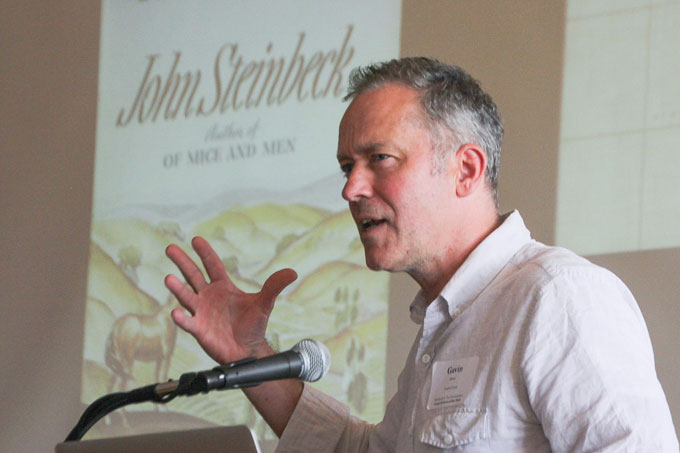Three 2017-2018 fellows from the professional creative writing program funded by the founder of the John Steinbeck center at San Jose State University will read from their work and answer audience questions at 7:00 p.m. on December 7, 2017, in Room 590 of the MLK Library on the SJSU campus in downtown San Jose, California. Martha Heasley Cox, the professor-philanthropist who advanced the study and teaching of John Steinbeck by example and exhortation when she was alive, left a large estate gift ensuring the financial security of the program, which supports a select group of writers each year, when she died in 2015. Sunisa Manning will read from the novel she is writing about a group of radicalized students in Thailand during the turbulent 1970s. Dominica Phetteplace will also read from her recent writing, which includes literary and science fiction. C. Kevin Smith, the third fellow who will share insights into his work, is a graduate of the Iowa Writers’ Workshop, the grandfather of graduate creative programs in America. The San Jose State University event is free and open to the public and includes a reception. For further information, contact Nick Taylor, the writer-professor who directs the Steinbeck studies center and the creative writing program that comprise Cox’s extraordinary legacy, at nicholas.taylor@sjsu.edu.
Like Life of John Steinbeck, Interest in Short Stories Is Both Global and Local
Steinbeck: The Untold Stories, a collection of short stories by the California writer and art expert Steve Hauk, continues to attract attention internationally and at home. Artnet, the influential art marketplace website headquartered in New York, focuses on “the gallery owner’s reimagining of John Steinbeck and the contemporary interest in early California art” in a November 8 interview with Hauk, who owns and operates the downtown Pacific Grove art gallery that has become a popular venue for area Steinbeck fans and visitors to the coastal community where the author lived and wrote in the 1930s. The local public library frequented by Steinbeck and his wife Carol is doing its part, too. On November 17, Friends of the Pacific Grove Library will present Hauk’s talk on writing the Steinbeck short stories at a 7:30 p.m. event that is free and open to the public. (Non-members: suggested donation is $10.)
New USA Network Drama Channels John Steinbeck
The principal writer and executive producer of Damnation, a new dramatic series premiering November 7 on USA Network, has cited John Steinbeck and Dashiell Hammett to describe the show’s depiction of rich vs. poor and brother against brother in rural Iowa during the Great Depression. In an interview with the Cleveland, Ohio Plain Dealer, Tony Tost, the show’s creator, explained that “the world of John Steinbeck as presented in The Grapes of Wrath, Of Mice and Men and Cannery Row was a big influence, as was Dashiell Hammett’s first novel, Red Harvest.” An award-winning poet, essayist, and screenwriter from Springfield, Missouri, Tost earned a PhD in English from Duke University and lives in Los Angeles, where he was a writer and producer for Longmire, a TV Western that ran for five seasons. The new show is “a little tricky to describe,” added Tost, the author of three volumes of poetry and a book of cultural criticism, Johnny Cash’s American Recordings (Continuum 2011). “It’s the Dust Bowl world. It has the feel of a Western. It has the strikebreaking. It has the religious themes. It has the pulp conspiratorial element. I’ve said it’s one part Clint Eastwood, one part John Steinbeck, one part James Ellroy.” The pilot episode will air tomorrow on USA Network at 10 p.m. EST. Damnation can also be viewed on Netflix, the entertainment giant headquartered in Los Gatos, where John Steinbeck wrote Of Mice and Men and The Grapes of Wrath.
The Forgotten Anti-Rebel Yell In Steinbeck’s Wayward Bus
Monterey County’s move to rename Confederate Corners, the isolated intersection south of Salinas, California restyled as Rebel Corners in The Wayward Bus, has renewed interest in John Steinbeck’s 1947 re-imagining of Plato’s Ship of Fools allegory, from Book VI of The Republic. Located on Highway 68 in unincorporated Monterey County, Confederate Corners got its name during the Civil War, when a handful of Southern sympathizers proposed seceding from California as a mark of solidarity with the Confederate States of America. Except for informed readers of The Wayward Bus, the Monterey County ranchers’ mini-rebellion was largely forgotten until controversy over the removal of racist flags and statues in several states of the former Confederacy erupted, post-Charlottesville, into Trumpian rhetoric around issues of ethnicity, immigration, and loyalty to the flag. Like the Ship of Fools metaphor embedded in Steinbeck’s neglected novel—which few critics recognized, then or now—the recent news from Monterey County is replete with the kind of irony that appealed to the author, a big-tent American who began writing The Wayward Bus in and about Mexico.
New Yorker Says French Editor Uses American Literature, Travels with Charley to Explain America
The October 16 issue of New Yorker magazine reminds Steinbeck fans of their favorite author’s continued usefulness in understanding America and Americans. In a Talk of the Town item titled “Paris Postcard: In Search of America,” Lauren Collins reports that Francois Busnel, the host of a popular French television show about literature, is the new editor-in-chief of America, a French magazine “conceived to help French readers make sense of its namesake in the age of Trump.” Not surprisingly, Busnel looks to American literature to help explain Trump to his fellow countrymen. “We’re living in a profoundly novelistic era,” Busnel says, adding that Travels with Charley remains his favorite book about America and Americans in any age.
John Steinbeck Talks about America & Americans Today
Tom Lorentzen, a retired nonprofit executive in Castro Valley, California, brought John Steinbeck back to life literally on August 24 at a private event billed as “John Steinbeck—in Search of America” and attended by 175 members of a San Francisco Bay Area social club. Impersonating Steinbeck at the age when Travels with Charley and America and Americans were written about a nation rocked by scandal and strife, Lorentzen employed an original idea to dramatize the imaginary conversation of Steinbeck—back from the dead—with Rich, a young logger encountered by the author in an Oregon redwood grove during the fabled road trip across the country from which Steinbeck said he had begun to feel alienated. Now 80, Rich uses a search engine time-travel device to conjure Steinbeck and pose the question he failed to ask when they met in the woods in 1961. What’s so great about America? Lorentzen (in photo) is a former board member of the National Institute of Museum Services. Like Steinbeck, who served on the board that became the National Endowment for the Arts and the National Endowment for the Humanities, he remains bullish on America’s future, despite problems that Steinbeck would recognize and acknowledge if, age 115, he were alive today.
Book Signing: Short Stories Based on Steinbeck’s Life
The National Steinbeck Center in Salinas, California, John Steinbeck’s home town, will host the first official book signing for Steinbeck: The Untold Stories, short stories based on Steinbeck’s life by the playwright and fiction writer Steve Hauk, 5:30-6:30 p.m. on Friday, September 1, in the center’s museum at One Main Street in downtown Salinas. Book news travels fast in Steinbeck country, and Hauk will answer fans’ questions about the origin and inspiration for the stories, which dramatize actual and imagined episodes from Steinbeck’s boyhood and years coping with fame, friends, and enemies in Salinas, Monterey, and New York. Published only one month ago, Steinbeck: The Untold Stories is already on display at the National Steinbeck Center and the Steinbeck House in Salinas, River House Books in Carmel, the Martha Heasley Cox Center for Steinbeck Studies in San Jose, the Monterey Public Library, and BookWorks in Pacific Grove, the setting for several of the short stories. Common Good Books, the “live local, read large” bookstore associated with Garrison Keillor in St. Paul, Minnesota, also stocks Steinbeck: The Untold Stories.
Photo courtesy of BookWorks.
John Steinbeck: A Literary Life, Literary Criticism from Palgrave Macmillan
John Steinbeck: A Literary Life, a book of literary criticism and biography by Linda Wagner-Martin, winner of the Hubbell Medal for Lifetime Service to American Literature, has been released by Palgrave Macmillan, the international academic and trade publishing company. The work is the latest in Palgrave Macmillan’s Literary Lives series. Wagner-Martin, a professor of English and comparative literature at the University of North Carolina at Chapel Hill, contributed earlier biographies of Emily Dickinson, Ernest Hemingway, Sylvia Plath, and Toni Morrison to Literary Lives, described by Palgrave Macmillan as a “classic series, offering fascinating accounts of the literary careers of the most admired and influential English-language authors.” Chapters include “Steinbeck and the Short Story,” “Journalism v. Fiction,” and “The Ed Ricketts Narratives.” A hardback copy costs $109, the eBook version $85. Individual chapters can be purchased from Palgrave Macmillan in digital form for $29.95.
Stanford University Praises John Steinbeck in Profile of English Prof Gavin Jones
Stanford University—the wealthy private university in Palo Alto, California known for having world-class programs in business, engineering, and medicine—has given a new boost to the literary reputation of John Steinbeck, an erratic English department enrollee who left Stanford in 1925 without a degree. A new online profile of English department faculty member Gavin Jones makes the case for Steinbeck as an undervalued American writer and thinker who was ahead of his time in subject, style, and versatility. “One hundred and fifteen years after his birth in Salinas, California,” the story states, “Steinbeck’s life and work—the latter [of] which has long languished on high school reading lists—is undergoing a revival.” An affable Englishman who recently taught an American studies course at Stanford on Steinbeck and the environment, Jones explains the renewed attraction: “I’d like to think that Steinbeck’s work speaks to students from multiple backgrounds because his interests were so interdisciplinary.” Robert DeMott, the distinguished Steinbeck scholar and poet who also writes about fly fishing, says that Stanford University’s initiative is especially encouraging because Steinbeck teaching and scholarship have traditionally been the province of public colleges such as San Jose State and Ohio University, where DeMott taught generations of graduates including David Wrobel, another English convert to Steinbeck who was recently named interim dean at Oklahoma University. Adds DeMott: “Steinbeck’s recognition by a private university of Stanford’s stature will go far to redress Steinbeck’s underestimation by the literary establishment of his day, and to some extent our own as well.”
Photo of Gavin Jones courtesy Stanford University News Service.
Help SteinbeckNow.com Celebrate Four Years of Celebrating John Steinbeck
This week marks four years of weekly posts at SteinbeckNow.com celebrating John Steinbeck’s life and work, the relevance of his writing to current events, and new art inspired by his enduring fiction. Features posted in August 2013 included new music, visual art, and creative writing, along with a young painter’s reflection on Steinbeck’s artistic impact and a piece about Steinbeck’s home movies by a professional videographer. Other posts discussed Steinbeck’s writing habits, his scrutiny by the FBI, and the connection between the campaign of character assassination waged against Steinbeck in the 1930s and 1940s and the flight of Edward Snowden. Since launching as an independent, noncommercial site serving John Steinbeck’s international fandom, SteinbeckNow.com has published 365 posts that continue the pattern of originality and diversity set four years ago—previously unpublished critical and creative writing, new art and music, and thoughtful commentary from 60 contributors from as far away as North Africa. Along with critical and creative writing inspired by Steinbeck, news items and reviews are also welcome, provided they are original and do not duplicate existing online content. In keeping with its mission, SteinbeckNow.com does accept advertising or pay for material. If you’d like to be in the picture, email williamray@steinbecknow.com.
